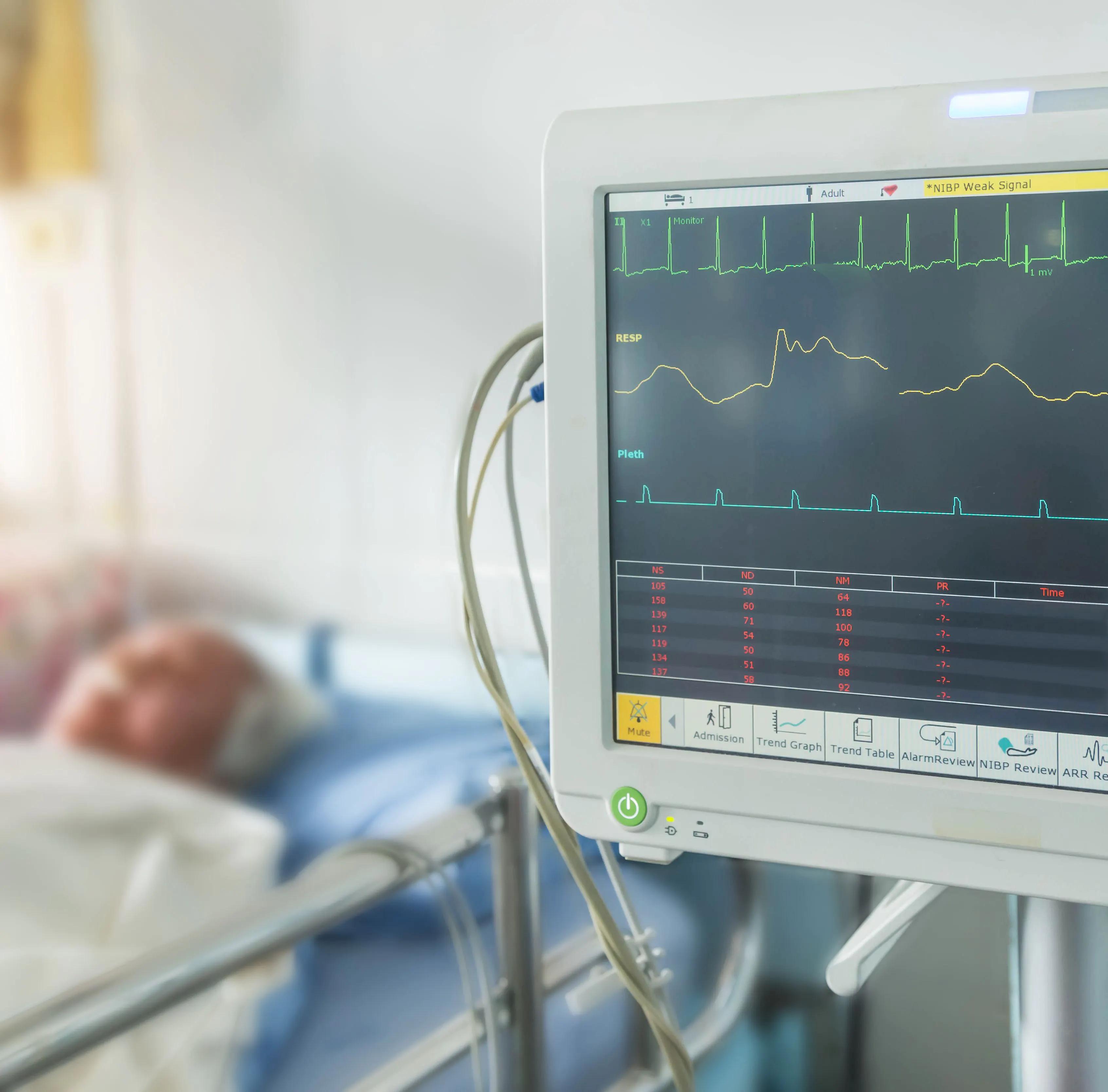Obstructive sleep apnea amplifies cardiovascular risk in women with comorbidities
In patients hospitalized with acute coronary syndrome and metabolic syndrome, obstructive sleep apnea was associated with an increased risk of major adverse cardiovascular and cerebrovascular events in women, but not in men.
Credit: Adobe Stock

New data suggest women with obstructive sleep apnea (OSA) who are hospitalized with acute coronary syndrome show an increased risk of cardiovascular consequences. The study reports metabolic syndrome (MetS), comorbid OSA in women is associated with a higher susceptibility to poor outcomes than in men.
Obstructive sleep apnea and metabolic syndrome are both common conditions that are known to be paired with risks of cardiovascular disease. However, the relationship between OSA and cardiovascular outcomes in patients with acute coronary syndrome and metabolic syndrome has not been fully understood.
Bin Wang, Division of Cardiology, Center for Coronary Artery Disease, Beijing Anzhen Hospital, Capital Medical University, National Clinical Research Center for Cardiovascular Diseases, and a team of investigators performed a prospective cohort study to examine the association between obstructive sleep apnea and cardiovascular outcomes in patients with metabolic syndrome that experience acute coronary syndrome.
The study enrolled 2160 consecutive patients with acute coronary syndrome who underwent portable sleep breathing monitoring. Investigators defined obstructive sleep apnea as an apnea-hypopnea index (AHI) ≥ 15 events/hour. Of the 1927 patients with the syndrome who were enrolled in the study, 77.1% had metabolic syndrome and 52.6% had obstructive sleep apnea.
The primary endpoint was major adverse cardiovascular and cerebrovascular events (MACCE), including cardiovascular death, myocardial infarction, stroke, ischemia-driven revascularization, or hospitalization for unstable angina or heart failure. The patients were followed up for 2.9 years.
Results demonstrated the cumulative incidence of major adverse cardiovascular and cerebrovascular events between those with obstructive sleep apnea and those without, among patients with metabolic syndrome (21.9% vs. 17.9%, adjusted hazard ratio [HR] = 1.29 95% confidence interval [CI]: 0.99-1.67, p = .06), and was similar in the group of patients without metabolic syndrome (24.4% vs. 17.3%, adjusted HR = 1.21 95% CI: 0.73-2.03, p = .46).
Investigators reported prominent findings when patients were stratified by gender. Those with metabolic syndrome and obstructive sleep apnea had a significantly higher risk of major adverse cardiovascular and cerebrovascular events than patients with metabolic syndrome without obstructive sleep apnea.
However, this difference was only observed in women (27.8% vs. 18.1%, adjusted HR = 1.70, 95% CI: 1.01-3.09, p = .04) but not in men (21.0% vs. 17.9%, adjusted HR = 1.19, 95% CI: 0.91-1.59, p = .21).
The study acknowledged some limitations, including the lack of information on adherence to continuous positive airway pressure therapy (CPAP), which is the first-line treatment for obstructive sleep apnea.
Investigators expressed that the research still provided valuable insights into the relationship between obstructive sleep apnea and cardiovascular outcomes in patients with acute coronary syndrome and comordbid metabolic syndrome. Additionally, these findings emphasize the importance of gender-specific analysis in understanding this relationship.
The study also underscores the need for further research to investigate the underlying mechanisms that contribute to the gender-specific differences in the association between these comorbidities and cardiovascular outcomes.
“To our knowledge, this is the first study to address the effect of comorbid OSA and MetS on cardiovascular outcomes in patients with established ACS,” the team wrote. “We found that ACS patients with MetS with comorbid OSA were associated with an increased risk of cardiovascular events in women. The increased risk associated with OSA in women might be explained by cardiac adverse events.”
This article was published by our sister publication HCP Live.
References:
- Wang B, Liu X, Hao W, et al. Comorbid obstructive sleep apnea is associated with adverse cardiovascular outcomes in female patients with acute coronary syndrome complicating metabolic syndrome [published online ahead of print, 2023 Apr 14]. Clin Cardiol. 2023;10.1002/clc.24020. doi:10.1002/clc.24020
Importance of reproductive health services for adolescents during the COVID-19 pandemic
October 30th 2024In a recent study, high rates of reproductive health service use were reported among adolescent mothers, indicating the benefits of this model for providing care when other options are unavailable.
Read More
Increasing ondansetron use reported against NVP in the United States
October 29th 2024Despite being recommended as a third-line therapy, rates of ondansetron use to treat nausea and vomiting in pregnancy have increased, making it the most common prescription antiemetic against this condition in the United States.
Read More
Study finds high rates of incidental MRI findings in endometriosis cases
October 29th 2024A recent study highlights the frequent occurrence of incidental findings on pelvic magnetic resonance imaging for endometriosis, emphasizing the need for radiologists to focus on those with higher clinical significance.
Read More
